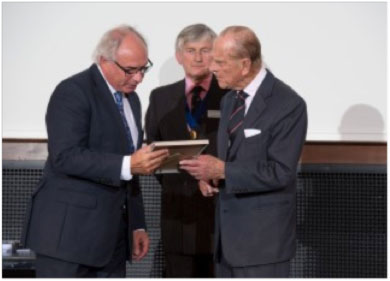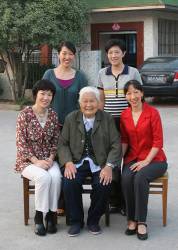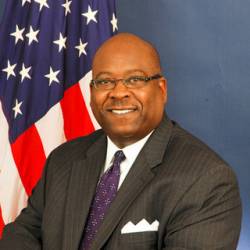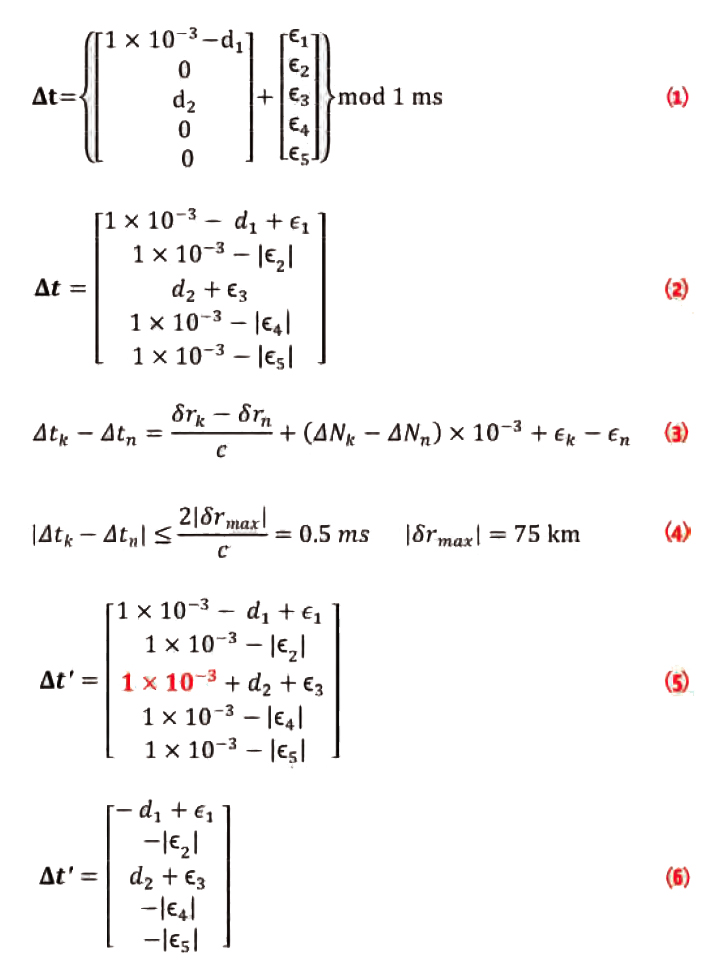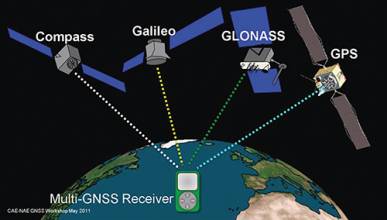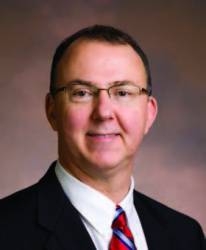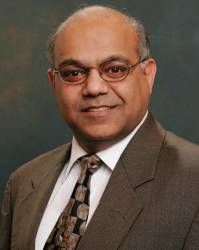Cancelled: COSPAR 2016
 Istanbul Congress Center (ICC)
Istanbul Congress Center (ICC)The 41st scientific assembly of COSPAR, the Committee On Space Research, originally scheduled from July 30 – August 7, 2016, at Istanbul Congress Center (ICC), Istanbul, Turkey, due to the recent attempted coup by factions of the Turkish army.
By Inside GNSS

